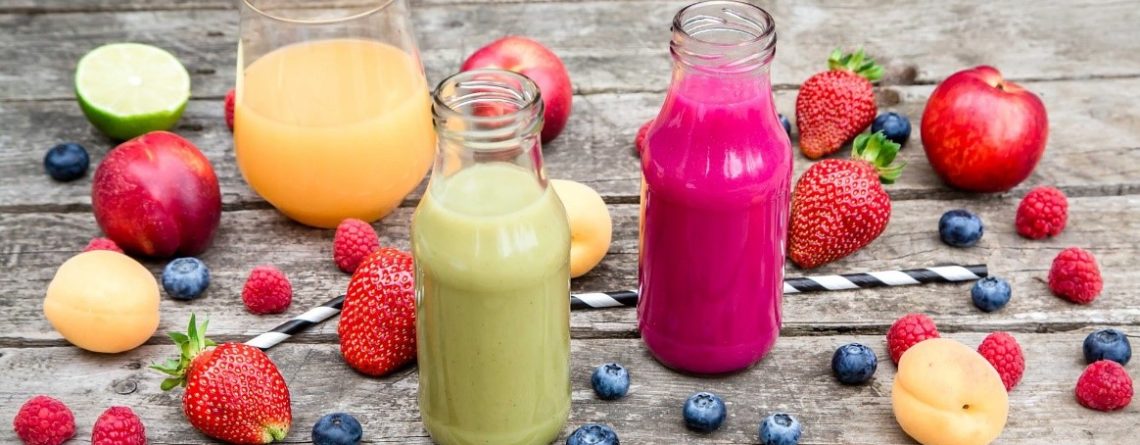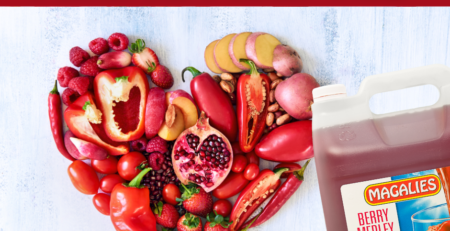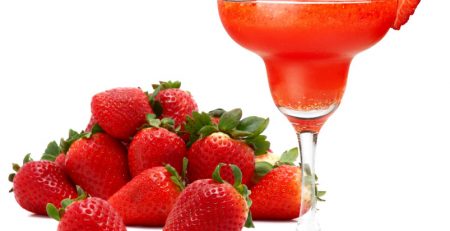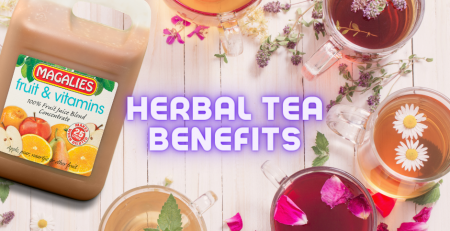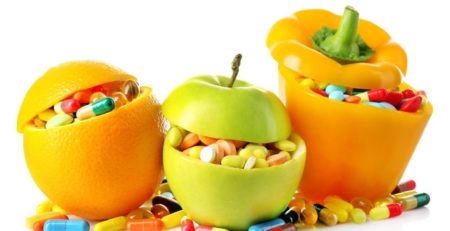How to Read Foodstuff Labels: Additives and Allergens
by Dr. Marli Botha
Food additives are substances added to food and beverage products to preserve, flavour or enhance its taste, appearance, or other qualities. Some additives have been used for centuries; for example, using sulphur dioxide as a preservative in wines.
In fruit juice, nectar or drink products these are the most common additives:
- Acidity Regulators: These are chemical compounds that confer a tart, sour, or acidic flavor to the juice products and as a collateral benefit they may increase the stability because acid affect the activity of certain enzymes. Common fruit acids used include citric acids, malic acids, and tartaric acids from sugar cane, lemons, apples, pears, oranges, and grapes.
- Anti-foaming agent is a chemical additive that reduces and hinders the formation of foam in industrial process liquids. In industrial processes, foams pose serious problems. In juice products excessive foam can prevent the efficient filling of containers.
- Antioxidants, such as vitamin C, acts as preservatives by inhibiting the degradation of food by oxygen.
- Colourants are added to juice to replace the colour loss due to exposure to light, air, temperature extremes, moisture, processing and storage conditions, correct natural variations in fruit color and to enhance colors that occur naturally. Elderberry juice, lycopene, paprika and turmeric can be used as natural colourants.
- Preservatives prevent or inhibit spoilage of food due to fungi, bacteria and other microorganisms.
- Sweeteners are added to foods for flavoring. Sweeteners other than sugar are added to keep the food energy (calories) low, or because they have beneficial effects regarding diabetes mellitus, tooth decay, or diarrhea.
- Flavourings is the sensory impression of food and beverages, and is determined primarily by the chemical senses of taste and smell. The “trigeminal senses”, which detect chemical irritants in the mouth and throat, as well as temperature and texture, are also important to the overall gestalt of flavor perception. The flavor of the food, as such, can be altered with natural or artificial flavourings which affect these senses.
- Stabilisers, thickeners and gelling agents, like guargum or pectin can give foods and beverages a better texture and help to stabilize juice products.
Although there is a magnitude of allergens and additives only the common allergens (gluten, milk, eggs, soya, peanuts and tree nuts, shellfish or crustaceans), or significant cereals (wheat, rye, barley, oats, and triticale) must be indicated on food labels. Additives such as Tartrazine (E 102 or Yellow No. 5), MSG, sulphur dioxide and related compounds (sodium sulphite, sodium bisulphite, hydrogen sulphites and metabisulphites) must also be declared on labels. Uncommon allergens (i.e. an allergen which is not classified as a common allergen as described above), must be disclosed by manufacturers upon request by a consumer, inspector or the Department of Health. These provisions will make life much easier for those consumers who suffer from allergies or sensitivities to avoid foods and beverages which contain the specific allergen or allergens they react to.
This article was compiled by Dr Marli Botha with the intention to inform and educate the public. All relevant contributing information is based on the regulations of March 2010 (R146) as well as the published R429 draft of the regulations as a guideline for those issues are not covered by R146.

